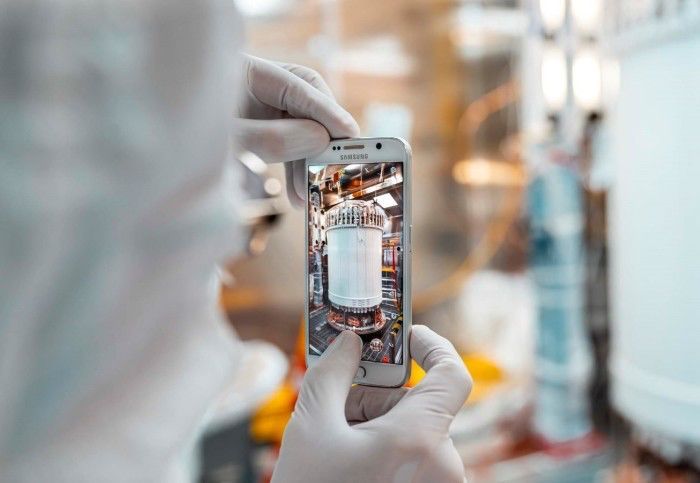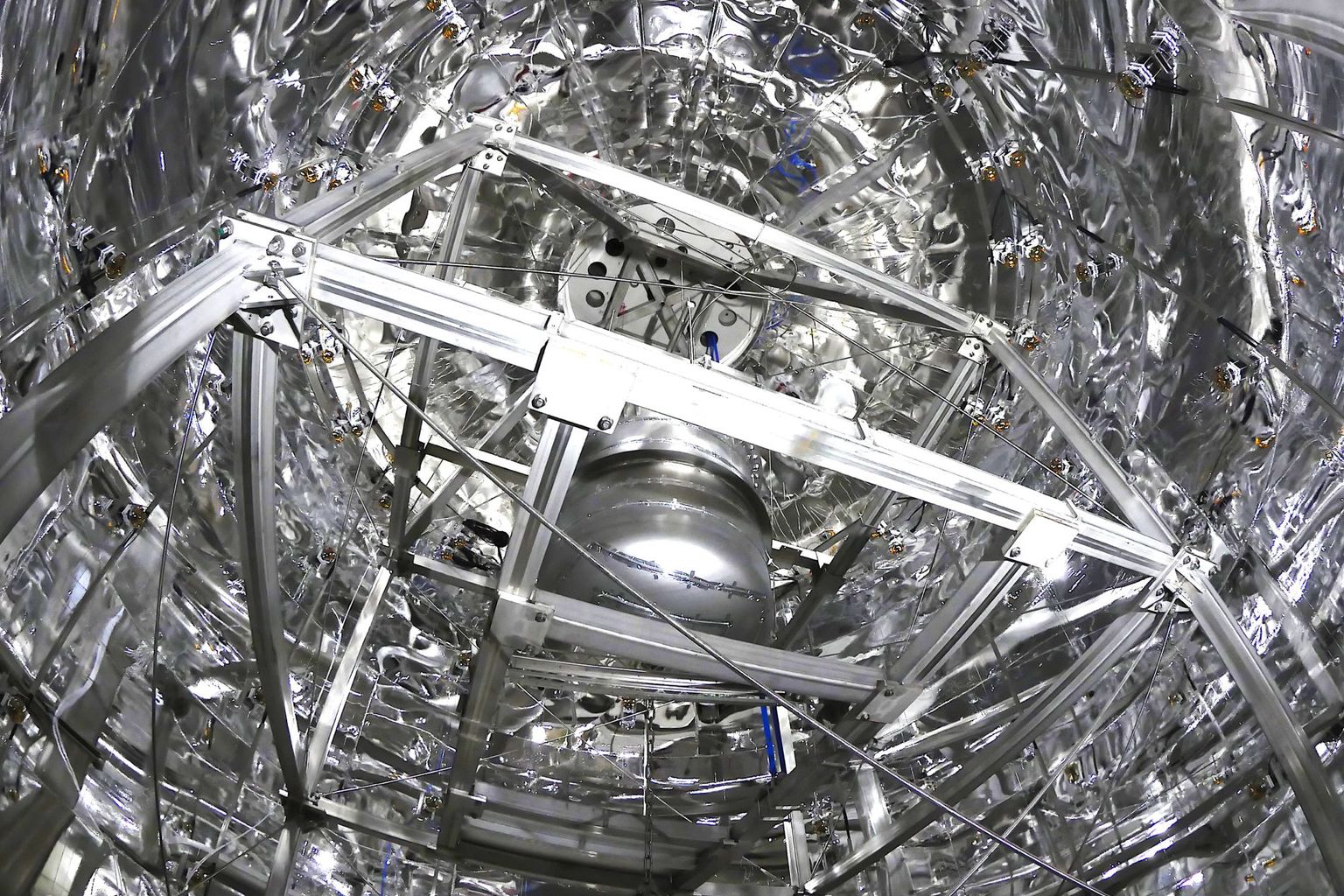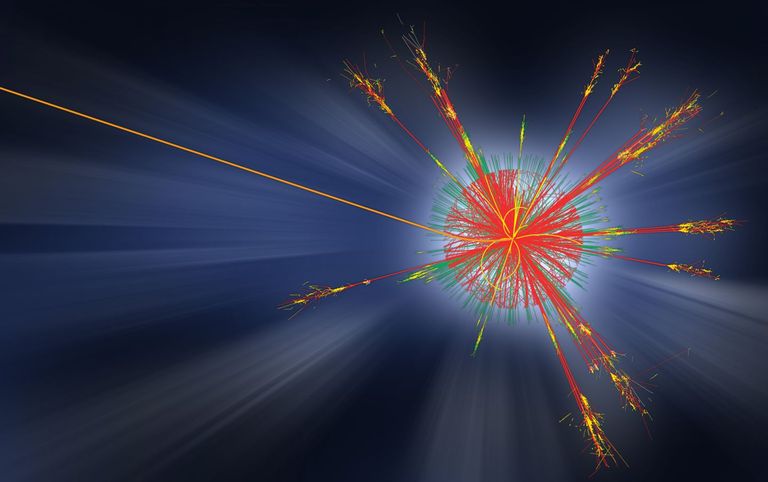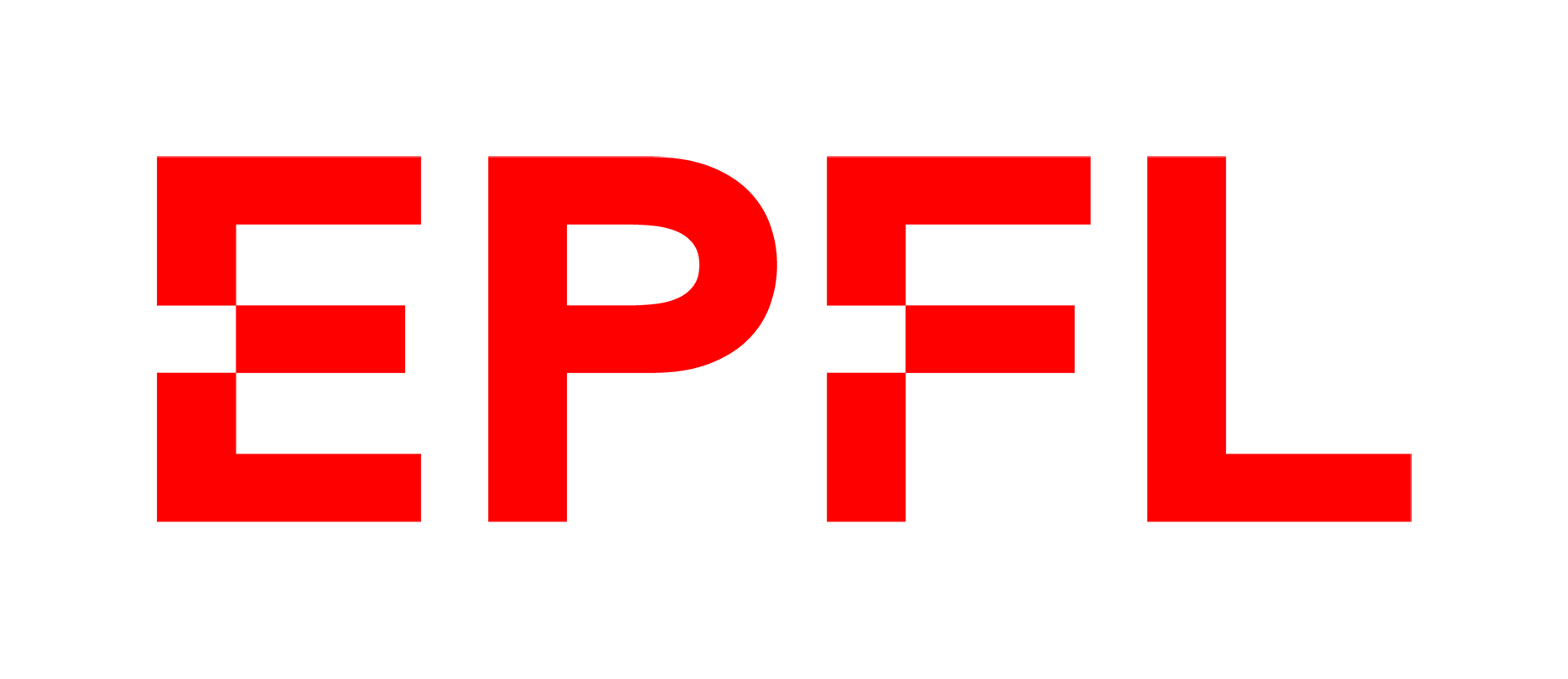- Comunicato stampa
- Notizie
Neutrino o’clock
Immagine: Federico Sanchez, U. Geneva1/19- Comunicato stampa
- Notizie
Esperimento sui neutrini torna in vita
Immagine: J-PARC/Rey.Hori2/19Strategic Workshops & Documents
3/19- Comunicato stampa
- Notizie
Lesya Shchutska is the Prize winner of the Prize Latsis in 2023
Immagine: SNSF, Mathilda Olmi4/19- Comunicato stampa
- Notizie
CHIPP Prize 2023: On a course to discovery
Immagine: Anne-Mazarine Lyon5/19- Comunicato stampa
- Notizie
New flavour for Basel
Immagine: Admir Greljo6/19- Comunicato stampa
- Notizie
Order through kaons
Immagine: Radoslav Marchevski7/19- Comunicato stampa
- Notizie
First sighting of neutrinos from a collider collision
Immagine: Anna Sfyrla8/19- Comunicato stampa
- Notizie
“Strange animals” in the spotlight
Immagine: U. Bern9/19Women In Science
Immagine: CHIPP10/19PhD School
Immagine: CHIPP11/19- Comunicato stampa
- Notizie
Hopp Higgs!
Immagine: FERMILAB12/19Higgs@10
13/19- Comunicato stampa
- Notizie
Produrre onde (gravitazionali) in Svizzera
Immagine: Bild: R. Williams (STScI), Hubble Deep Field Team und NASA14/19- Comunicato stampa
- Notizie
Gabriel Cuomo receives the CHIPP Prize 2021
Immagine: G. Cuomo15/19- Comunicato stampa
- Notizie
Recent Results from LHCb Challenge Leading Theory in Physics
Immagine: LHCb, CERN16/19- 2021
- Relazione
CHIPP Roadmap
Immagine: SCNAT17/19- Comunicato stampa
- Notizie
Two dark matter detector heavyweights join forces to build new observatory
Immagine: XENON experiment18/19- Comunicato stampa
- Notizie
Leading Xenon Researchers unite to build next-generation Dark Matter Detector
Immagine: XENON collaboration19/19
The Swiss Institute of Particle Physics (CHIPP) is the bottom-up organisation of Swiss particle and astroparticle physics researchers in Switzerland as a legal entity of Swiss law. CHIPP is tasked with coordinating the national efforts in the realm of particle and astroparticle physics.
This is achieved by keeping a continuous dialogue between the particle physicists of different cantonal universities and federal institutes. CHIPP is recognized as the representative of Swiss particle physics both nationally and internationally. It awards yearly a Prize to a PhD student, supports workshops and conferences, organises PhD schools, and develops outreach projects.
Eventi, Notizie, Pubblicazioni
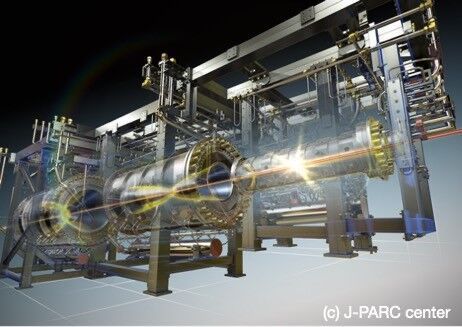
Esperimento sui neutrini torna in vita
Buone notizie dal progetto di esperimento sui neutrini "T2K" in Giappone: ha ripreso a raccogliere dati alla fine dell'anno scorso dopo un ampio aggiornamento del fascio di neutrini e del rivelatore vicino. Il rivelatore vicino è saldamente nelle mani degli istituti svizzeri - l'Università di Ginevra e l'ETH Zurigo. Federico Sánchez dell'Università di Ginevra fornisce un aggiornamento su ciò che è successo e su cosa possiamo aspettarci.
Immagine: J-PARC/Rey.Hori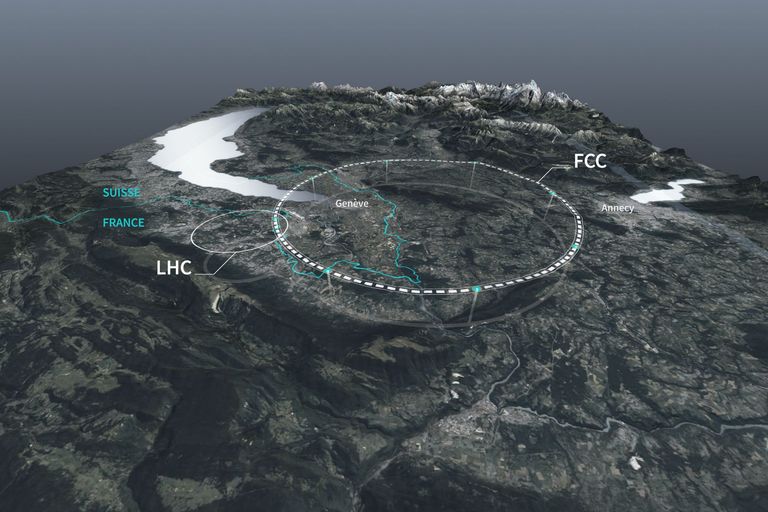
The planners of the future are ready to go
The international particle physics hub CERN in Geneva has big plans for the future. Literally. While its current flagship, the Large Hadron Collider (LHC), is scheduled to continue data taking until the 2040s, the international community of particle physics is already busy conceiving potential follow-up projects to complement the discoveries made at the LHC.
Immagine: FCC/CERN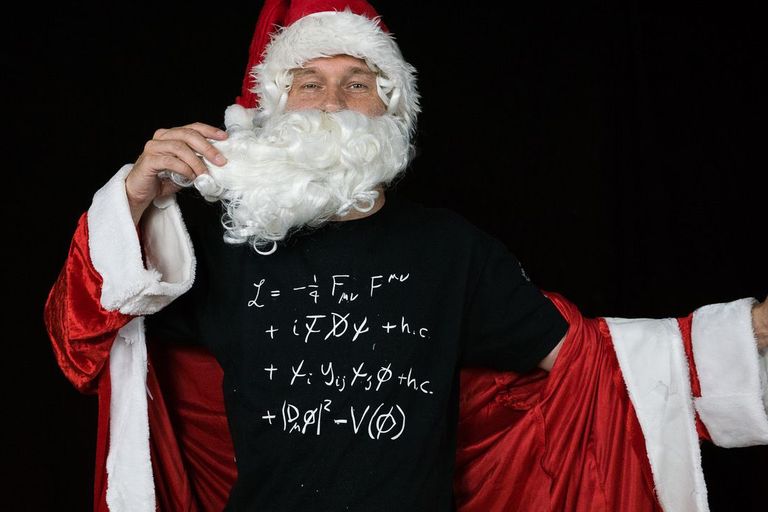
È la stagione per fare esperimenti!
Aggiungi alla lista della spesa: qualche pezzo di gesso, un selciato, dodici bastoncini di cotone, 50 grammi di pepe in polvere, un tubo di compresse effervescenti, nastro adesivo...
Immagine: Physics in Advent
Science Gateway: apre la porta al CERN e alle sue ricerche
Il nuovo centro visitatori è accessibile, neutro dal punto di vista delle emissioni di carbonio e ricco di scienza
Immagine: CERN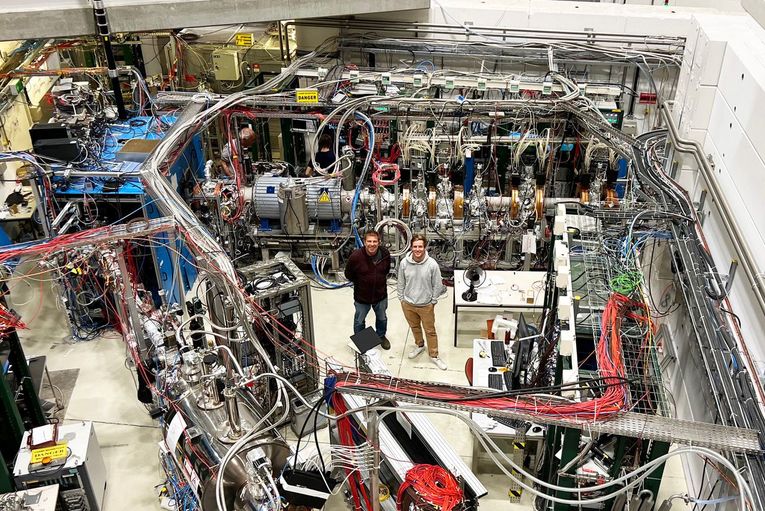
Antihydrogen: check! GBAR completes key step in antimatter research
Positrons: in their cloud. Antiprotons: generated. Deceleration: achieved. Mixing: check! The antimatter experiment GBAR has just published a paper in which it reports on their first detected antihydrogen atoms. This is a key step towards the ultimate goal of antimatter research: finding a reason for the asymmetry between matter and antimatter.
Immagine: Sarah Geffroy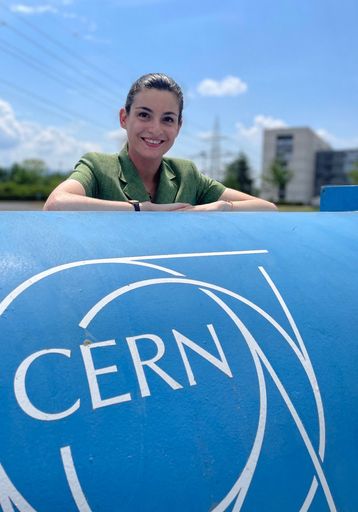
CHIPP Prize 2023: On a course to discovery
This year’s CHIPP prizewinner Anne-Mazarine Lyon hunts for signs of new physics in the form of supersymmetric particles and heavy neutrinos.
Immagine: Anne-Mazarine LyonContatto
Swiss Institute of Particle Physics (CHIPP)
c/o Prof. Dr. Ben Kilminster
UZH
Department of Physics
36-J-50
Winterthurerstrasse 190
8057 Zurigo
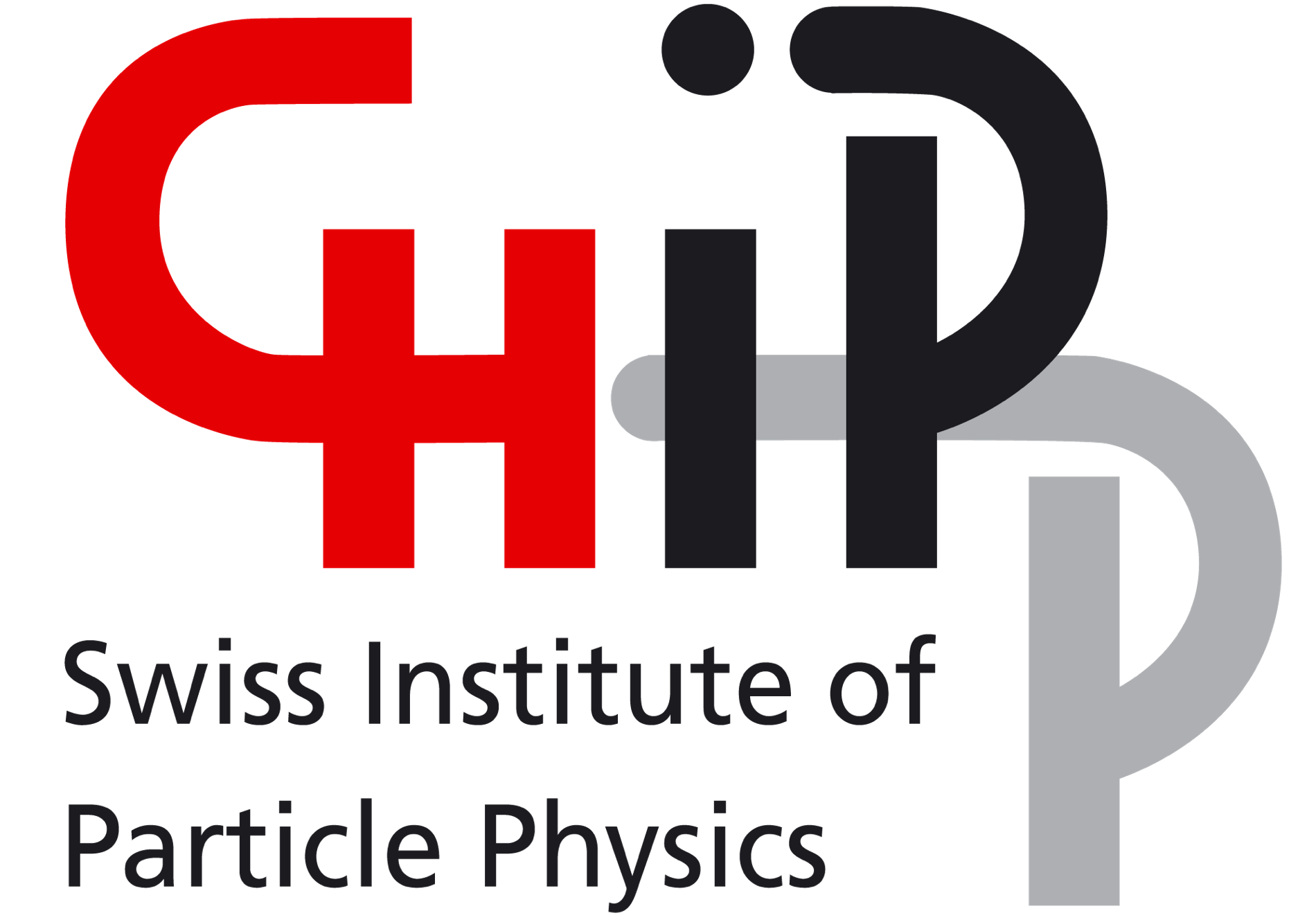
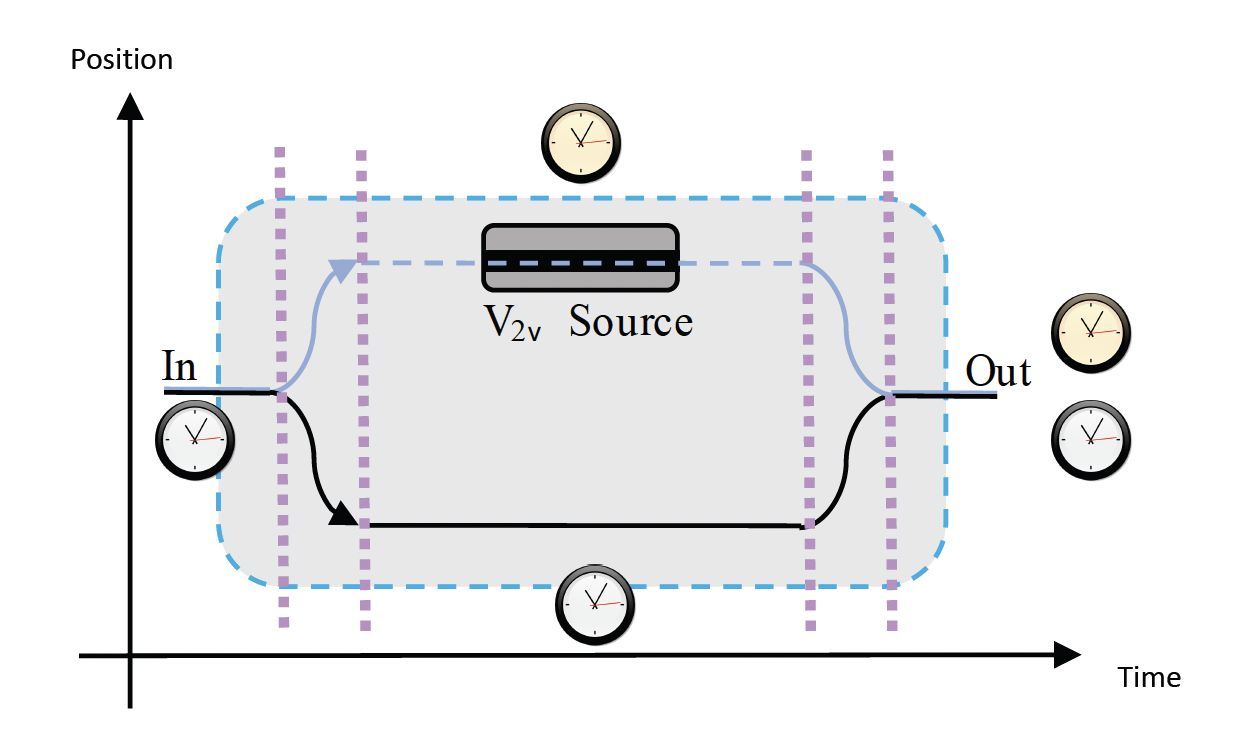
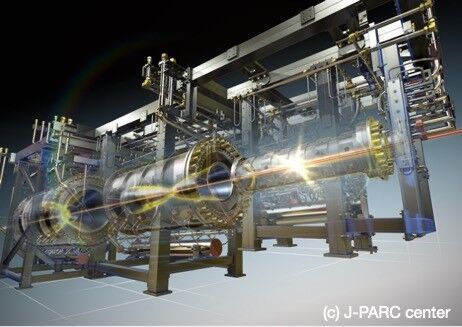
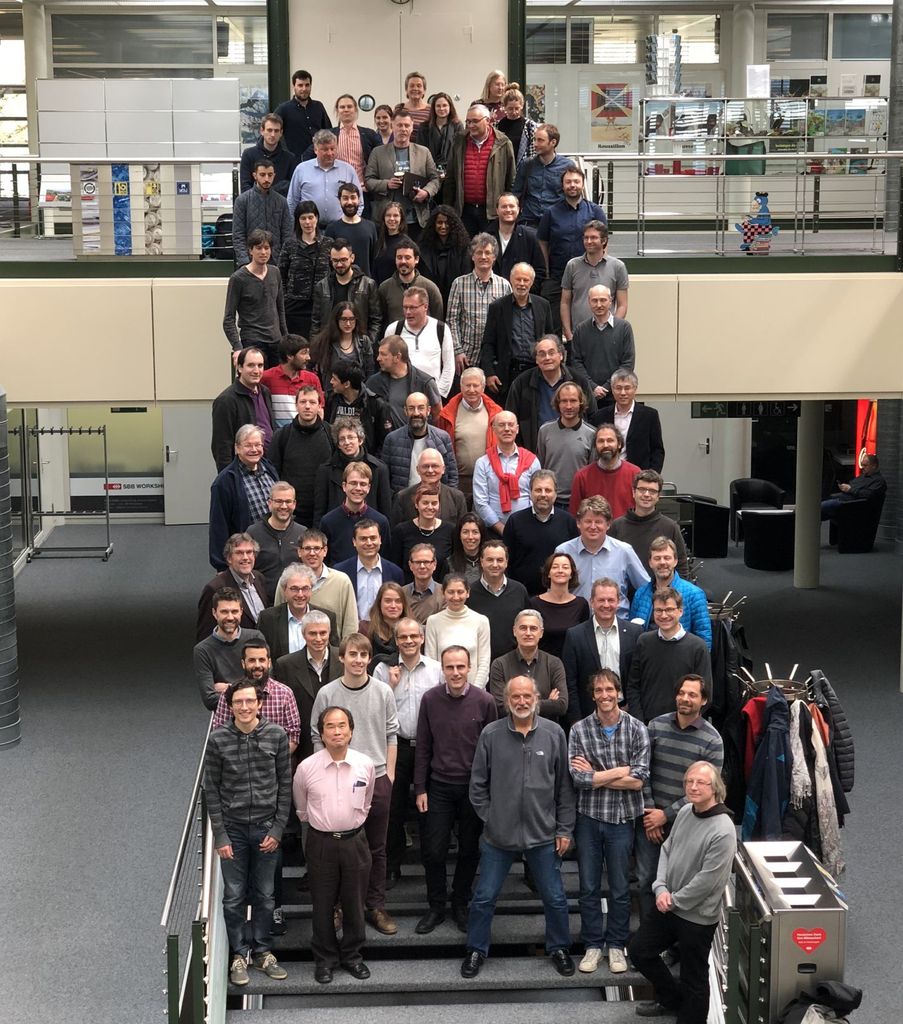
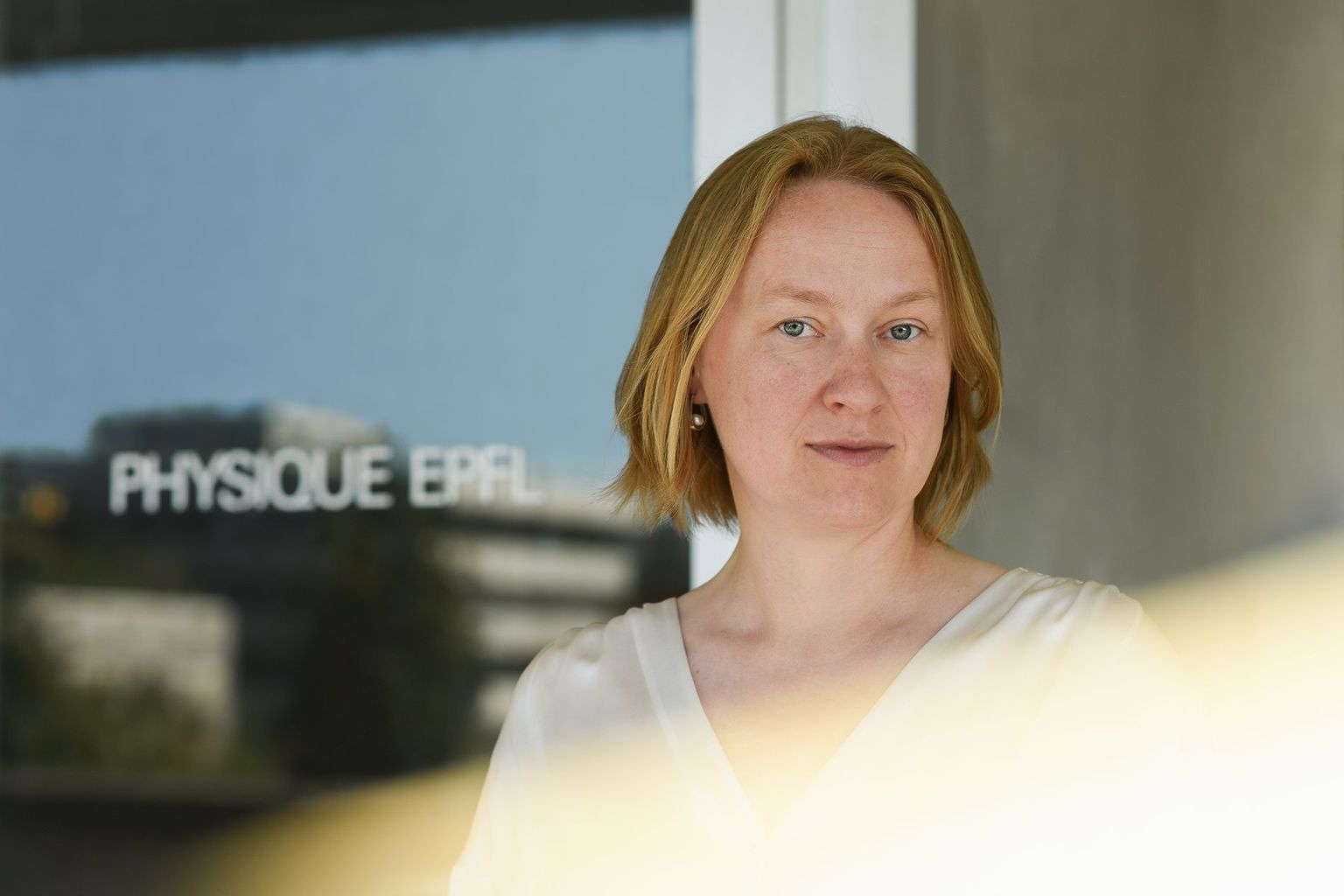
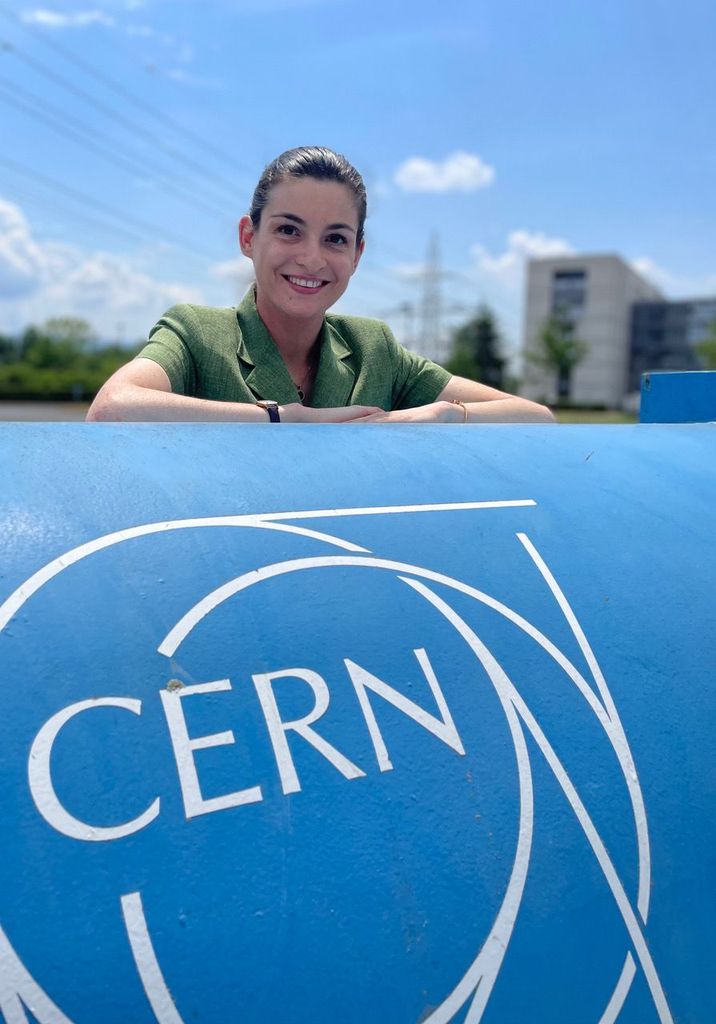
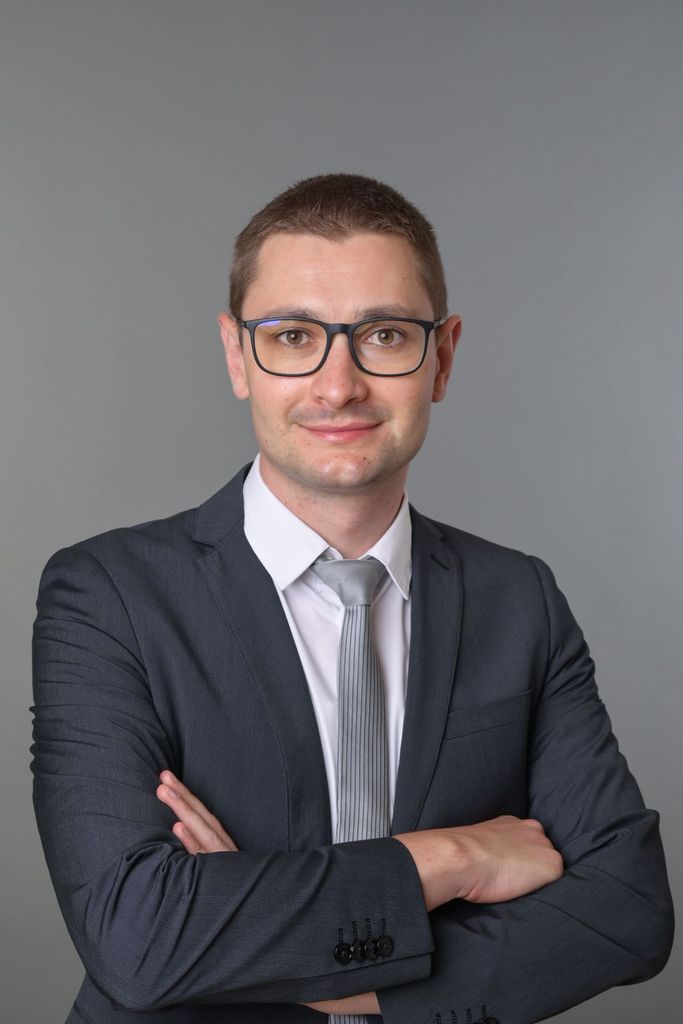
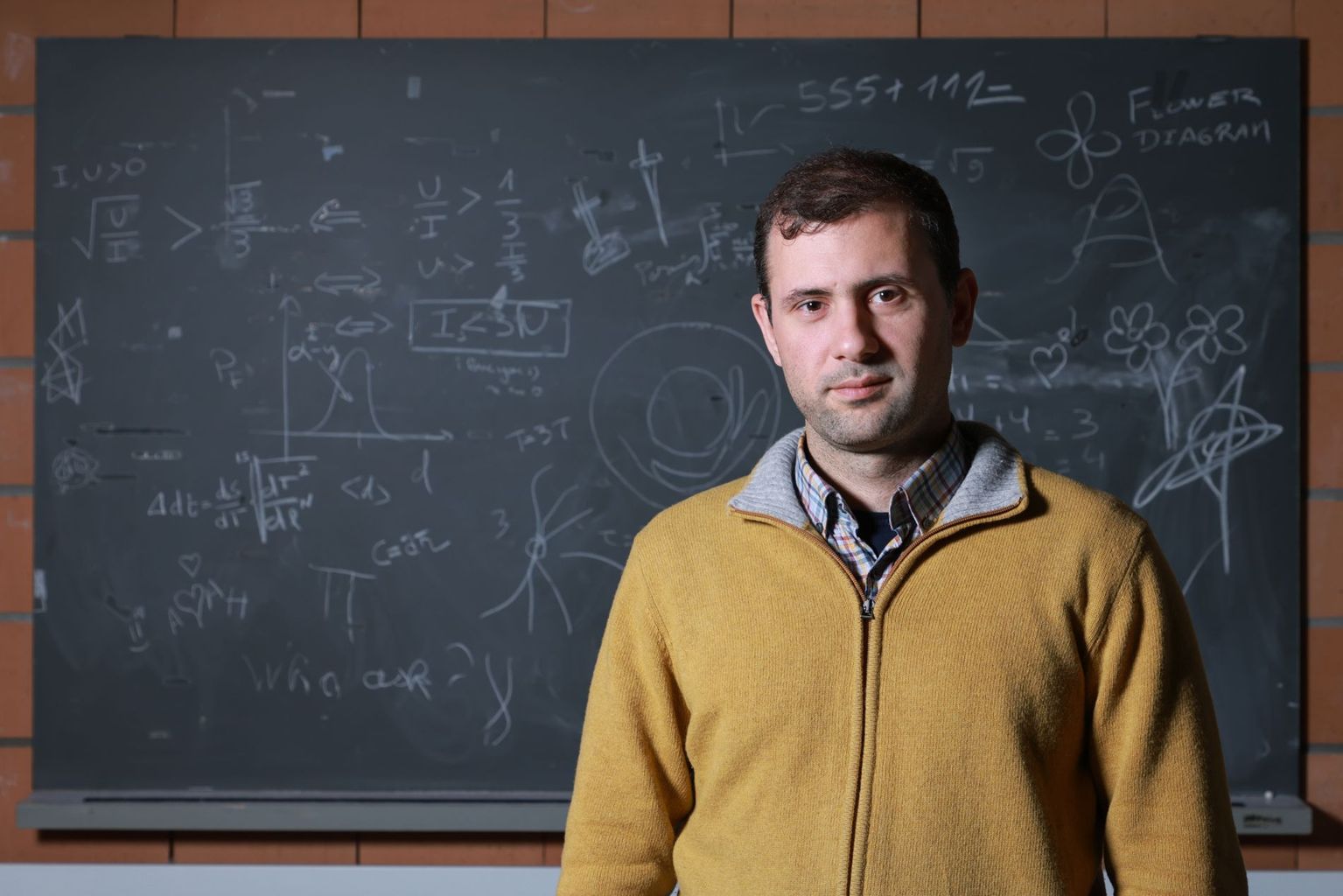
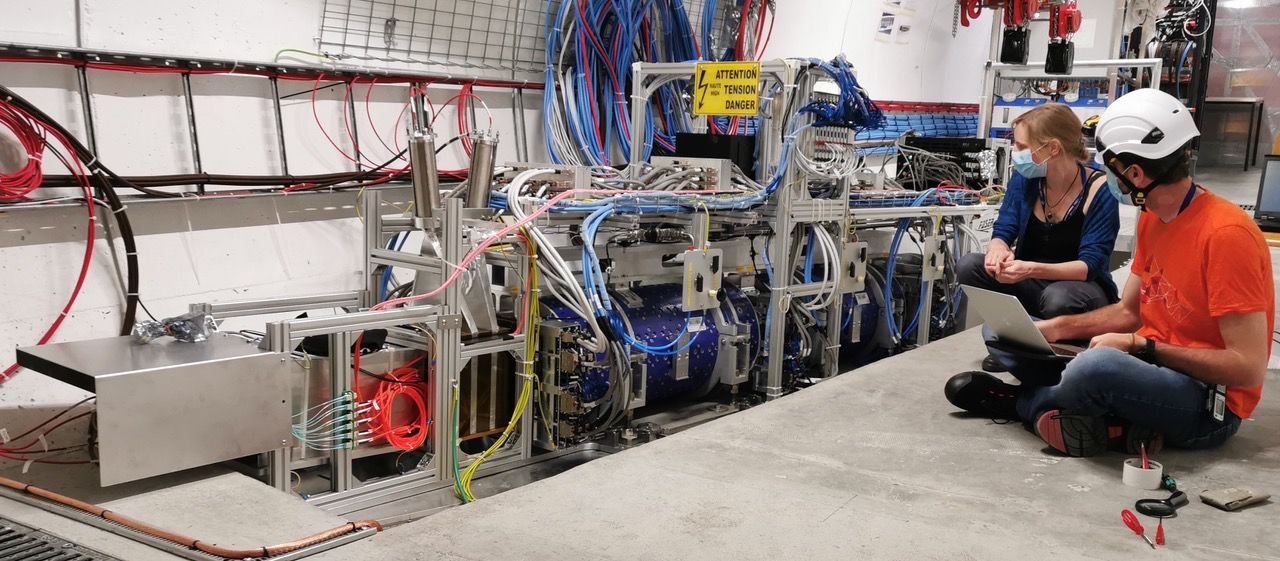
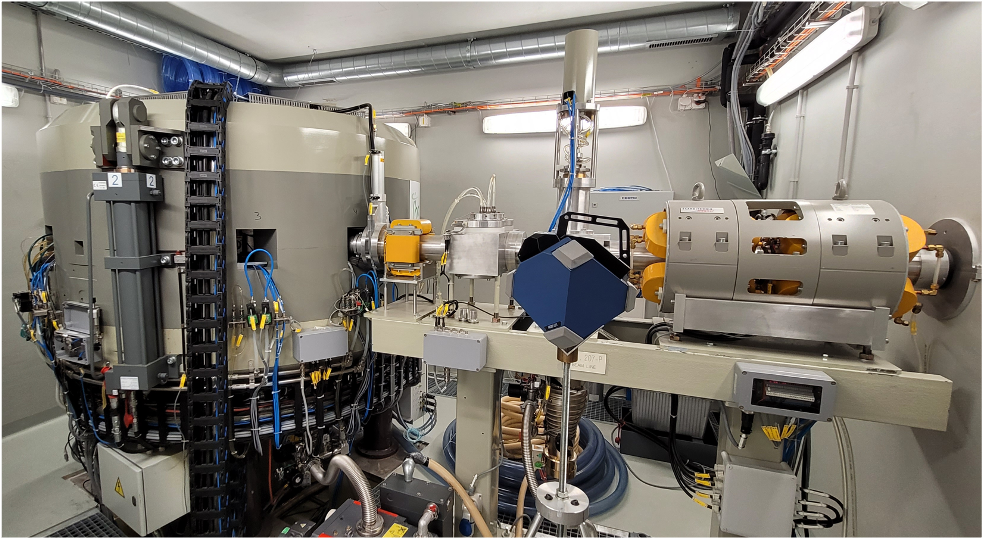
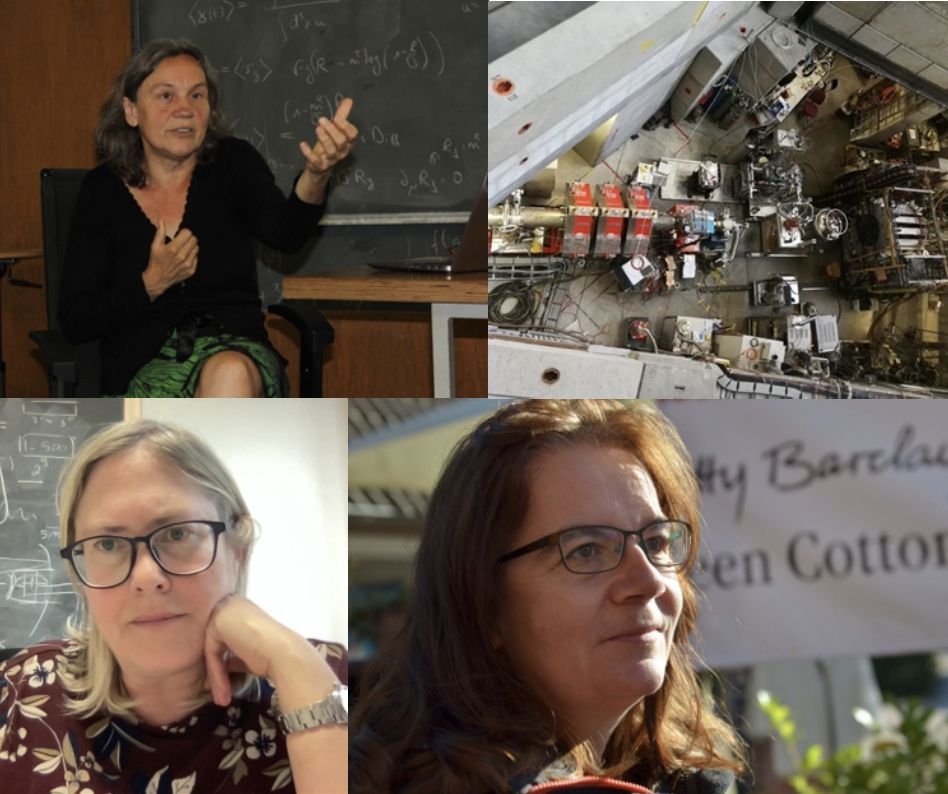
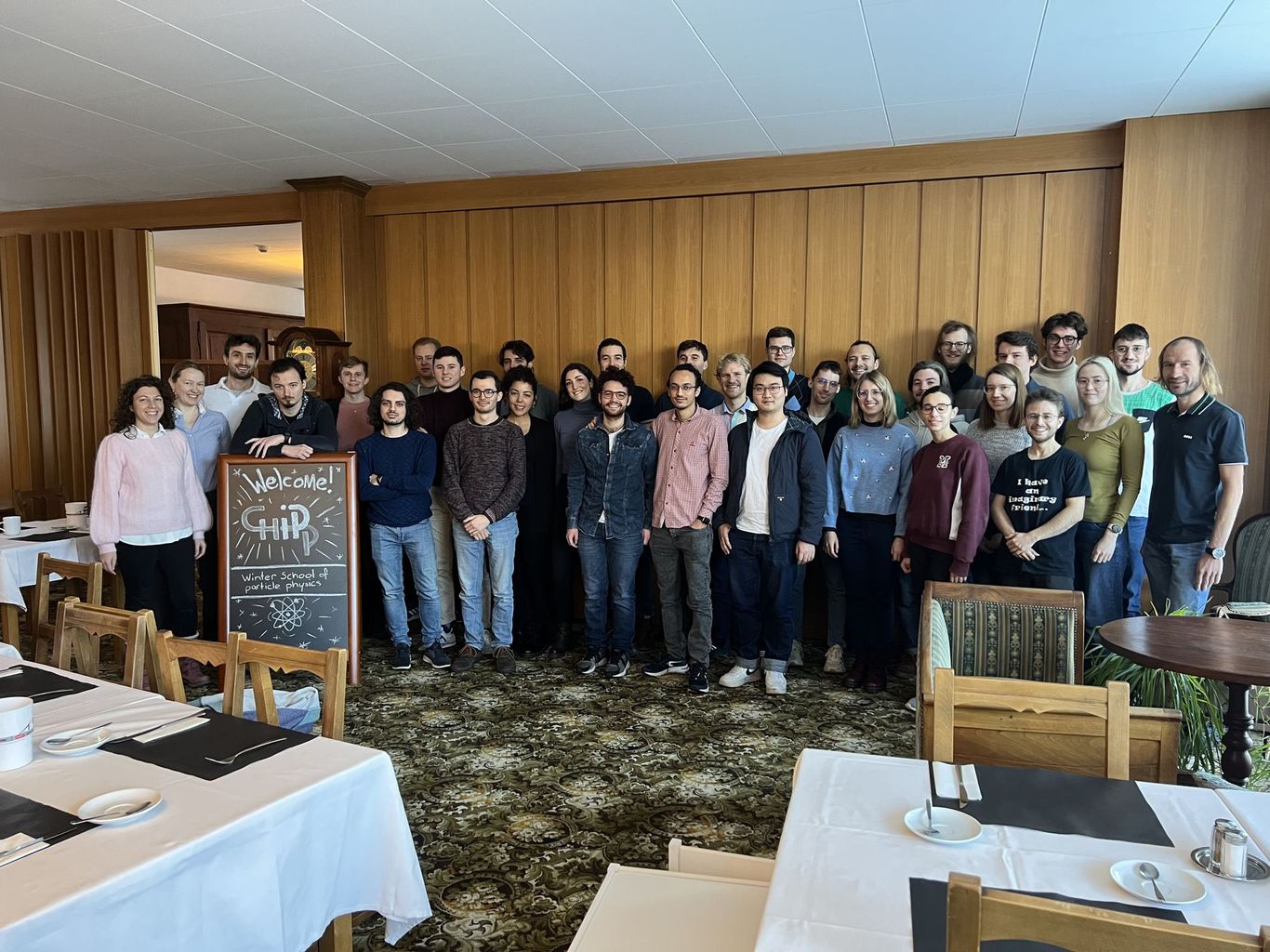
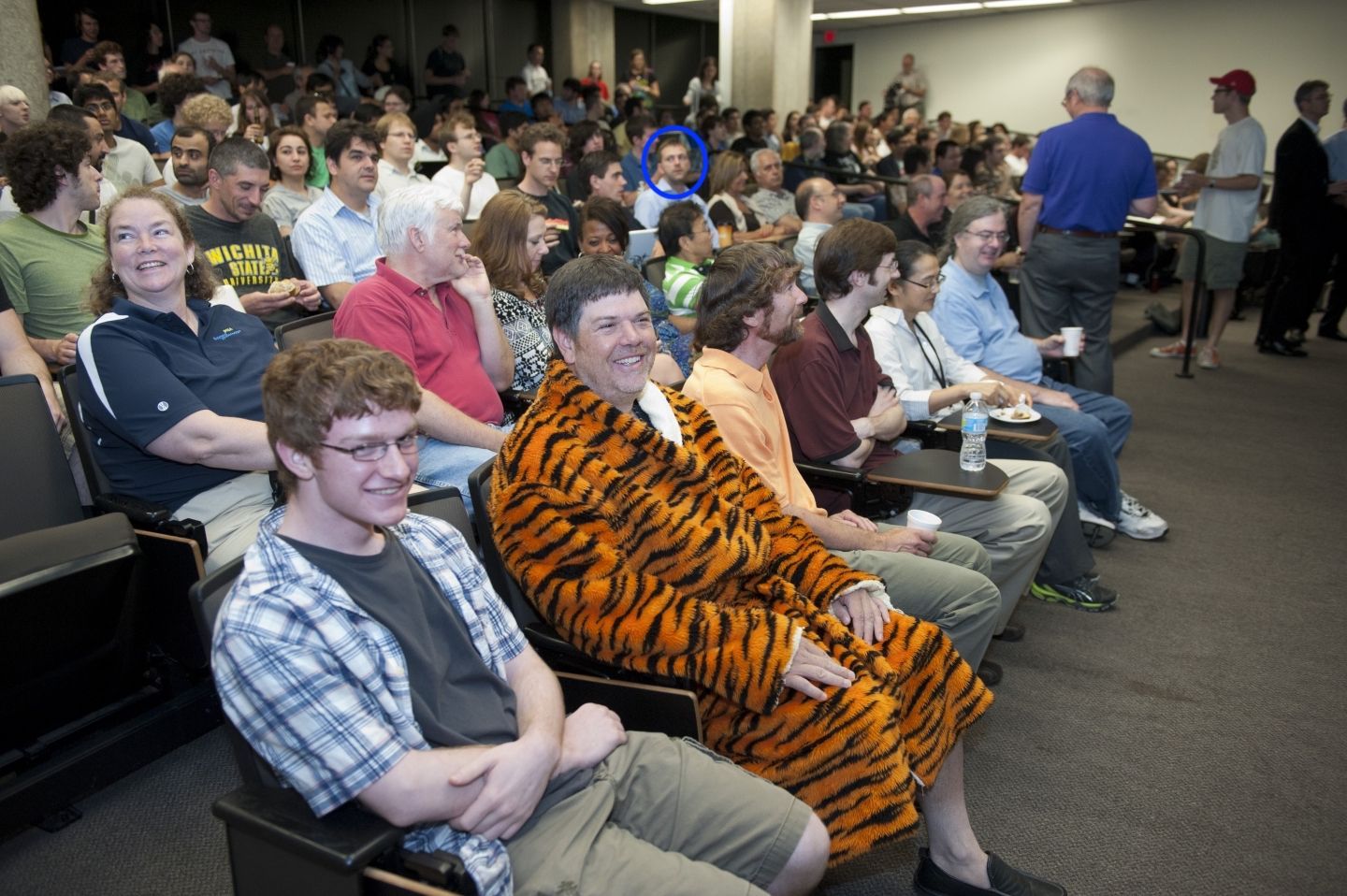
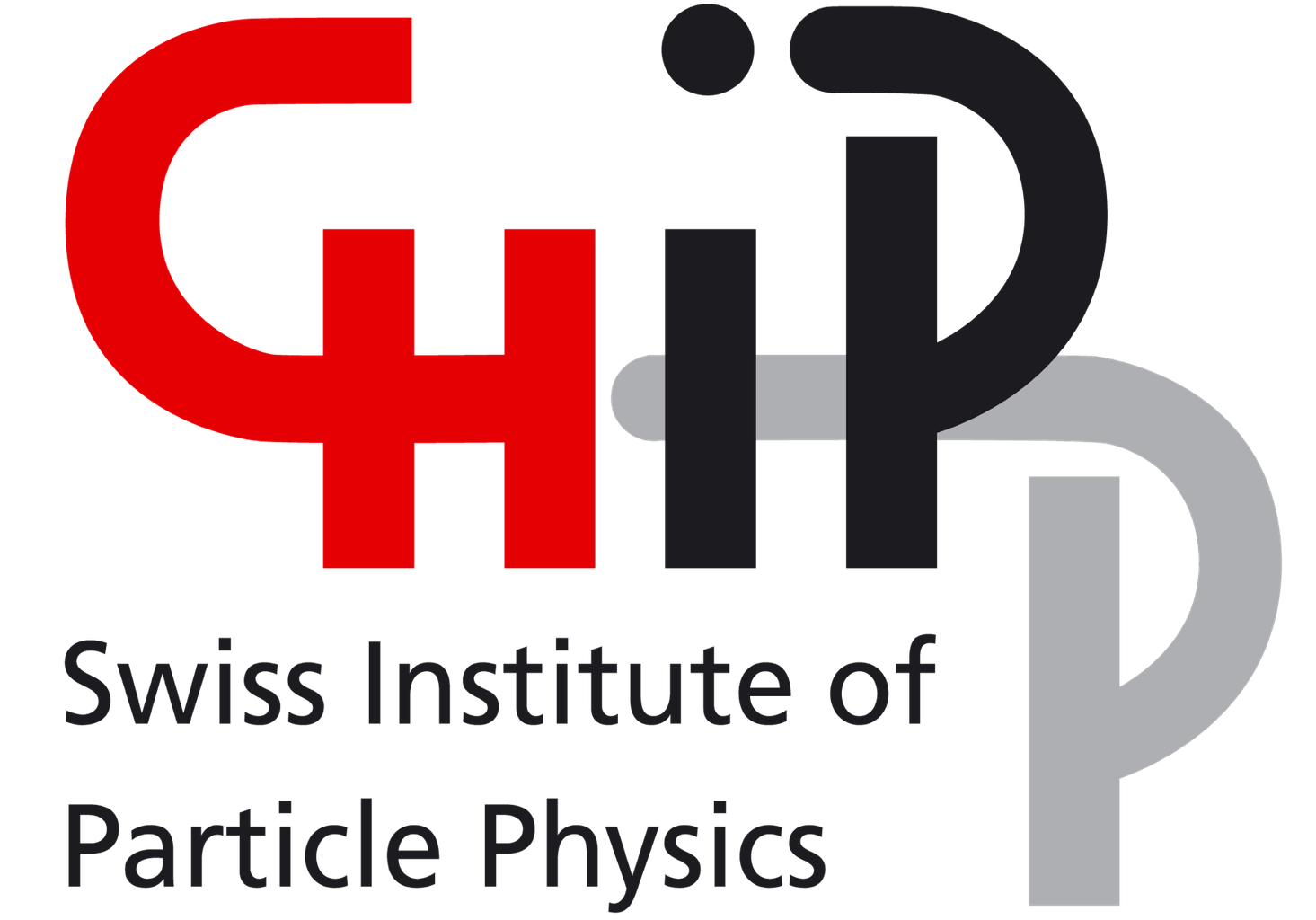
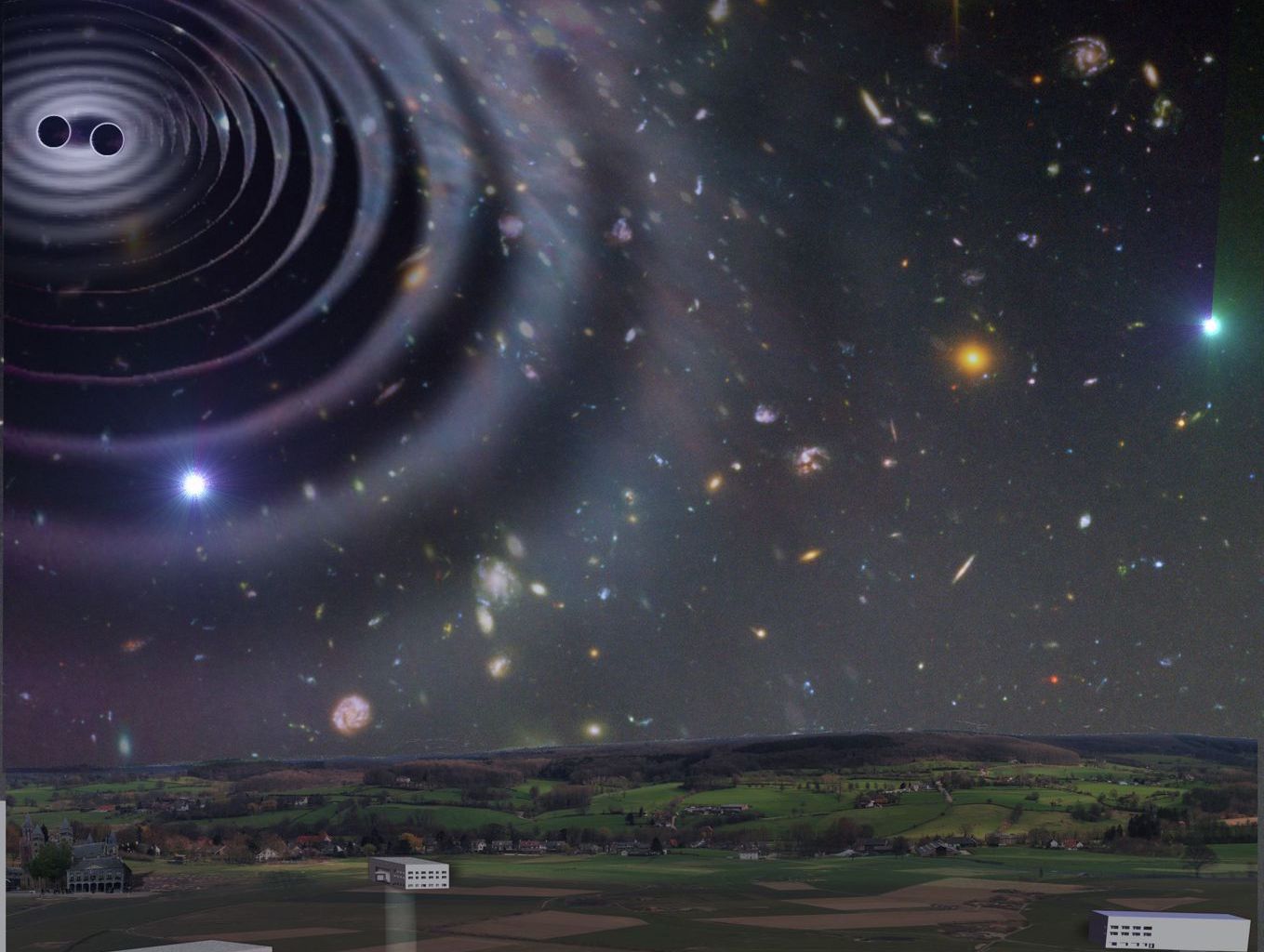
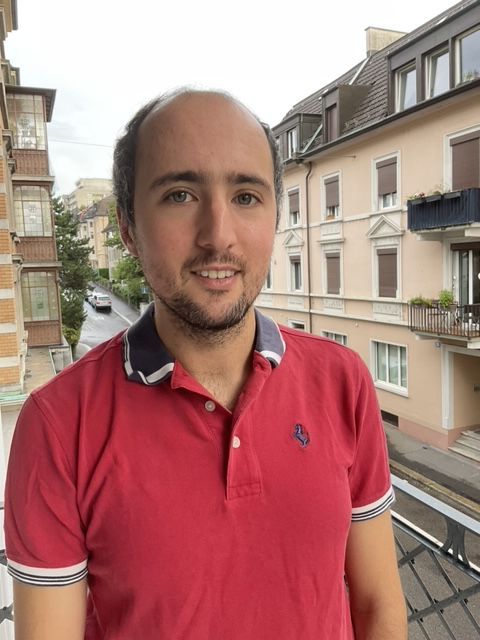
![Comparison between RK measurements. The measurements by the BaBar and Belle collaborations combine B+→K+ℓ+ℓ− and B0→KS0ℓ+ℓ− decays, where ℓ is a lepton. The previous LHCb measurements and the new result [4], which supersedes them, are also shown. Comparison between RK measurements. The measurements by the BaBar and Belle collaborations combine B+→K+ℓ+ℓ− and B0→KS0ℓ+ℓ− decays, where ℓ is a lepton. The previous LHCb measurements and the new result [4], which supersedes them, are also shown.](http://portal-cdn.scnat.ch/asset/40d25219-cf32-5d7f-a344-d4356ccc9252/Screenshot%202021-03-23%20at%2007.10.12.png?b=7f50075d-36d9-5913-bc44-fac8e7e34457&v=9bd7e834-a6a8-55b6-a09e-b7a43d64781f_100&s=ZXCr4RK3qEJY7uCaZs-9pRZZZ8OZ8EVj3Rtyhyf2-qP-evQun65d57tCLxGqXtaTEoil2Qpqb3qILXWzeagdRAk0VyPfdvD6i55sqpj1txNkByqDDgqtsu4QPc8YaVnoTVyp_QF8cXZ9TucqIpINFjwWWfLF-52KvErWu9a54Gs&t=2f78dd92-7a22-4f43-a0bf-8326ef689cea&sc=2)
